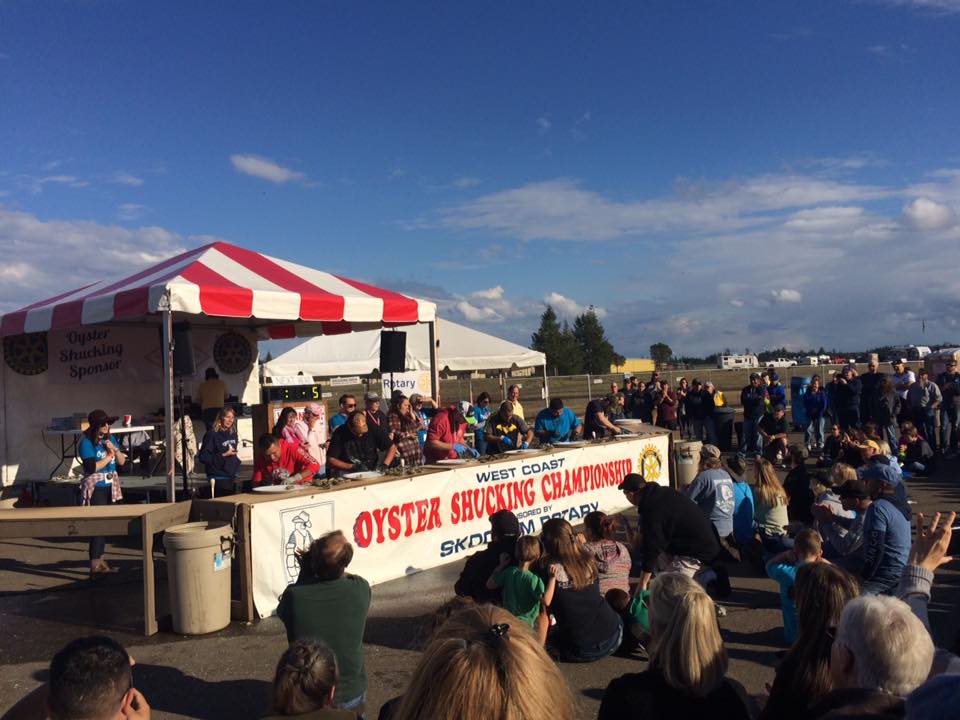
To give them protection, PVC pipes are planted into the sand, and about three geoducks are placed inside each one. When you examine one closely, you can see that there’s plenty of other sea creatures in the rack besides geoducks, including predators like starfish.Īt this stage, the geoduck is about the size of a quarter, with a tiny siphon and thin shell the size of your fingernail.Īfter the geoducks leave the nursery, they are planted on the beach, where they’ll spend the next few years growing out to market size (1.5-2 lbs). On this day, the racks were being cleaned. These racks are lowered into nutrient-rich water and the geoducks can grow and be monitored regularly. Similar to the FLUPSY for oyster and clams, Taylor Shellfish developed a nursery for geoducks which contains hard-packed sand for burrowing. It takes 6 years to raise a geoduck to market size, and while an adult geoduck has few predators besides humans and can live for over 100 years, the mortality rate for juvenile geoducks is quite high.

The price reflects the high demand and low supply for geoduck. Given its high market value (about $100-150/lb in China), cultivation of geoduck has soared in Washington and British Columbia. Just keep in mind that geoduck will toughen when it’s cooked, so a quick blanche is all you need.


Geoduck (pronounced “gooey duck”) is a large burrowing saltwater clam, with delicate, sweet meat and a crisp texture that makes it perfect for raw preparations like crudo or sashimi. It’s also prized by diners as a rare, high-end treat. It’s big, it’s alien, it’s elephantine, it’s borderline obscene. There’s no question that the geoduck turns heads wherever it goes.


 0 kommentar(er)
0 kommentar(er)
